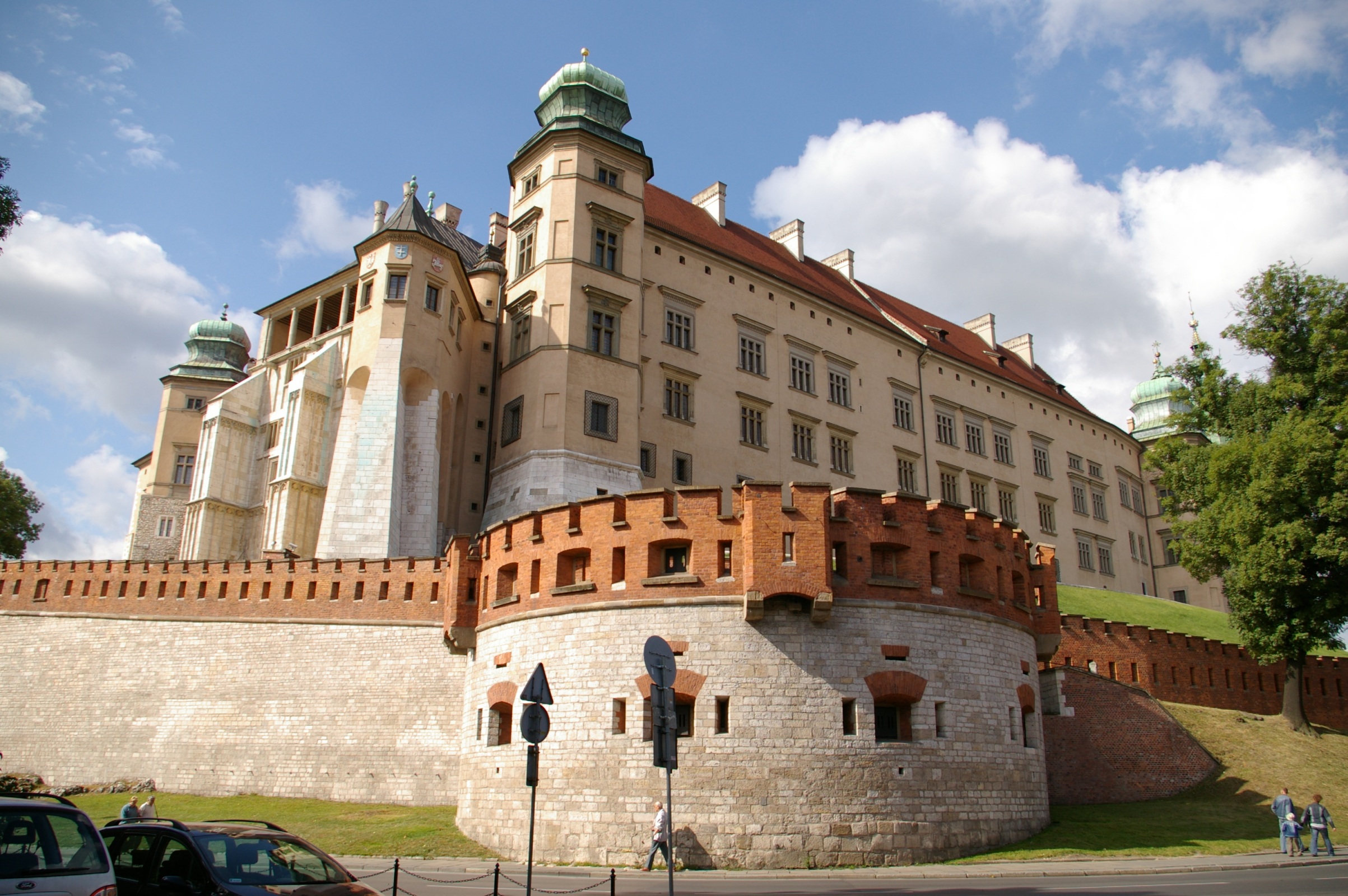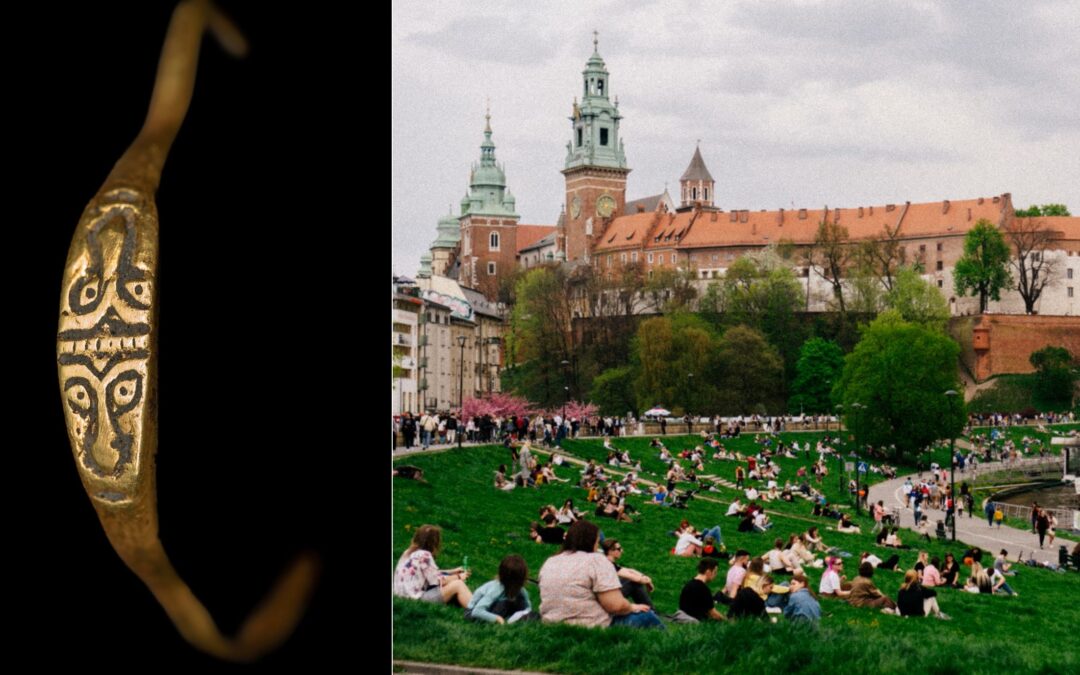An elaborately decorated medieval gold ring, likely to be from the 11th or 12th century, has been discovered buried beneath Wawel Castle, the former seat of Poland’s kings in the city of Kraków. It is the only one of its kind ever found on Polish territory.
“Wawel never ceases to surprise us,” wrote the castle museum on social media while announcing the “exceptional discovery” on Monday.
The ring is decorated with opposing faces, making it extremely unusual. Only a few early medieval gold rings have been found in Poland and they are devoid of ornamentation or have simple geometric patterns.
That makes the latest find “unique”, says Jerzy Trzebiński from the castle museum’s archaeology department. “This is the only example in which human images (or figural ones in general) are depicted on an early medieval ring from Poland.”
He also notes that the item contains no references to Christianity (which had begun to be established in Poland from the 10th century) and suggests that the two faces could represent Janus, the two-faced Roman God.
Given that the form of the ring is typical for that period in Poland, Trzebiński believes it was probably a local product and could have belonged to a member of the elites under the Piasts, Poland’s first ruling dynasty from when the state was established in the 10th century until the 14th century.
The new podcast is here – this time the second episode of my Brief History of Poland. I look at medieval Piast Poland, including conflict with the Teutonic Knights, the era of Kazimierz the Great, and the hybrid beginnings of Polish literature. https://t.co/KgL01gx1Oy
— Stanley Bill (@StanleySBill) May 30, 2020
The item was discovered during archaeological research in the basement of the so-called Danish Tower (Wieża Duńska), one of the castle’s four residential towers.
It was built from the late 14th to early 15th century on the orders of King Władysław II Jagiełło as part of the reconstruction of a previously existing tower. The tower’s facade was then added in the 16th century.
The building took its name from one of its first guests, Eric, king of Denmark, Sweden and Norway (often known as Eric of Pomerania). He stayed there in 1424 while attending the coronation of King Władysław’s fourth wife, Sophia of Halshany.
The ring was found on top of the remains of a former stone structure, probably a defensive rampart. The history of Wawel Castle dates back to the 11th century, but long before then the hill that it sits upon had been an important seat of power.

The Danish Tower at Wawel Castle is visible just to the left of the so-called Chicken Foot (Kurza Stopka) Tower that protrudes outwards from the building in the centre-left of the photograph (Jakub Hałun/Wikimedia Commons, under CC BY-SA 3.0)

Notes from Poland is run by a small editorial team and published by an independent, non-profit foundation that is funded through donations from our readers. We cannot do what we do without your support.
Main image credit: Zamek Królewski na Wawelu/Facebook and Eldar Nazarov/Unsplash

Daniel Tilles is editor-in-chief of Notes from Poland. He has written on Polish affairs for a wide range of publications, including Foreign Policy, POLITICO Europe, EUobserver and Dziennik Gazeta Prawna.



















